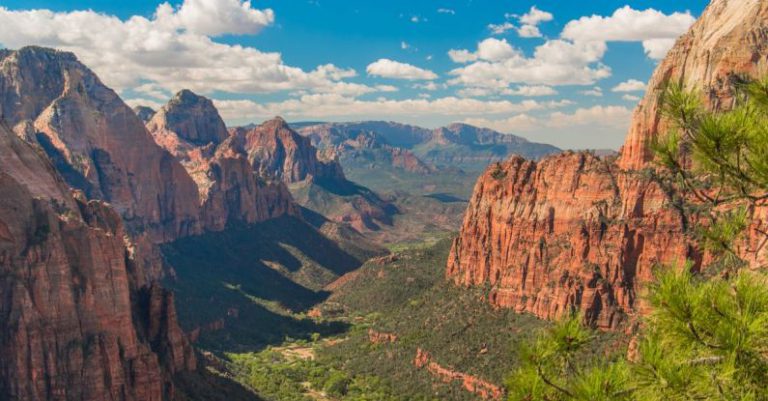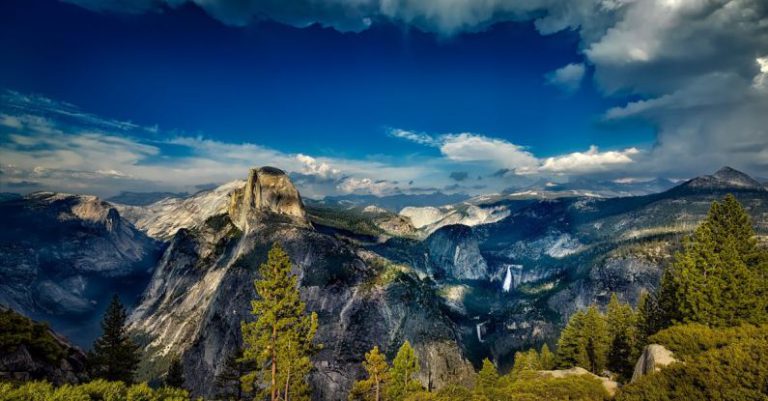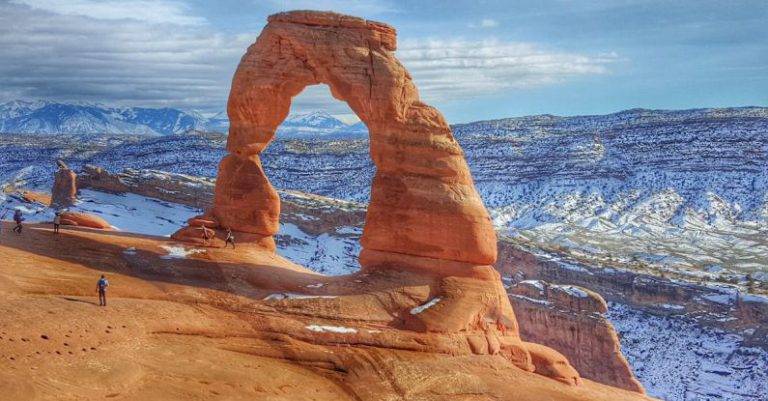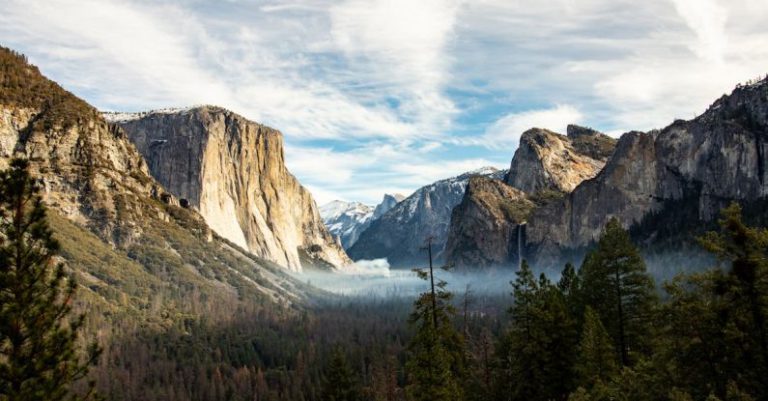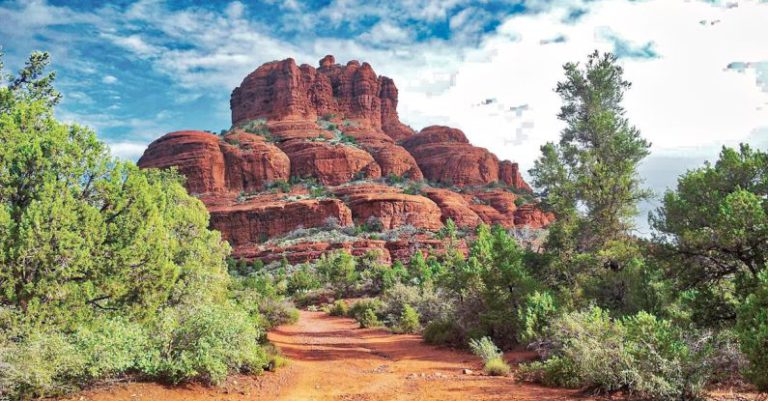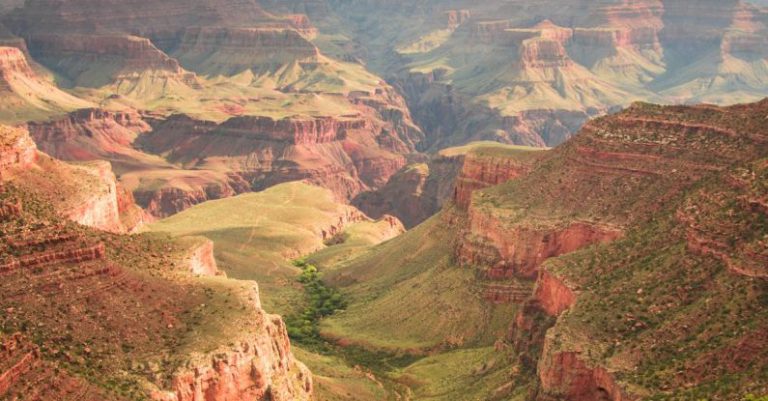
National parks are a treasure trove of natural beauty, offering breathtaking landscapes and unique wildlife. For photographers, capturing the essence of these parks can be a rewarding challenge. From the towering peaks of Yosemite to the colorful canyons of the Grand Canyon, each national park presents its own set of opportunities and obstacles for photographers. So, how do you ensure that you capture the best photos in these stunning locations? Here are some tips to help you make the most of your photography experience in national parks.
Study the Location
Before you even set foot in a national park with your camera in hand, take the time to research the area. Look at maps, read up on the park’s history and geology, and familiarize yourself with the best vantage points for photography. Understanding the layout of the park and its key features will help you plan your shots and make the most of your time there.
Timing is Everything
The lighting in national parks can vary drastically throughout the day, so timing is crucial when it comes to capturing stunning photos. Early morning and late afternoon are often referred to as the “golden hours” for photography, as the light is softer and more flattering. Additionally, consider visiting popular spots during off-peak hours to avoid crowds and get a more intimate view of the landscape.
Utilize Natural Elements
National parks are teeming with natural elements that can enhance your photos. From cascading waterfalls to towering trees, incorporating these elements into your compositions can help add depth and interest to your images. Experiment with framing your shots using natural arches or rock formations to create visually captivating photos.
Get Off the Beaten Path
While iconic landmarks in national parks are undoubtedly worth capturing, don’t be afraid to venture off the beaten path to discover hidden gems. Exploring lesser-known trails and viewpoints can lead to unique photo opportunities and a more personal connection with the landscape. Be prepared to hike and explore to find those hidden spots that are less photographed but equally stunning.
Use a Variety of Lenses
Different lenses can produce vastly different results in your photos, so it’s worth bringing a variety of lenses with you to the national park. Wide-angle lenses are great for capturing sweeping landscapes, while telephoto lenses can help you zoom in on distant subjects like wildlife or details in the landscape. Experimenting with different focal lengths can lead to more dynamic and visually interesting photos.
Stay Patient and Observant
Nature can be unpredictable, so it’s essential to be patient and observant when photographing in national parks. Take the time to study your surroundings, watch how the light changes, and wait for the perfect moment to capture your shot. Sometimes the most stunning photos come from being in the right place at the right time and being ready to seize the opportunity.
Post-Processing Techniques
Once you’ve captured your photos in the national park, consider using post-processing techniques to enhance and refine your images. Software like Adobe Lightroom and Photoshop can help you adjust exposure, color balance, and contrast to bring out the best in your photos. Just remember not to overdo it – subtlety is key when it comes to post-processing.
Adapt to Changing Conditions
Weather in national parks can be unpredictable, so be prepared to adapt to changing conditions on the fly. Embrace foggy mornings, dramatic storm clouds, or unexpected bursts of sunlight as opportunities to capture unique and atmospheric photos. Don’t let less-than-ideal weather deter you – often some of the most memorable photos come from embracing the elements.
In conclusion,
Capturing the best photos in national parks requires a combination of preparation, patience, and creativity. By studying the location, timing your shots, utilizing natural elements, exploring off the beaten path, using different lenses, staying observant, applying post-processing techniques, and adapting to changing conditions, you can elevate your photography and create stunning images that showcase the beauty of these natural wonders. So pack your camera gear, head out to the nearest national park, and let your creativity run wild as you capture the magic of these awe-inspiring landscapes.
